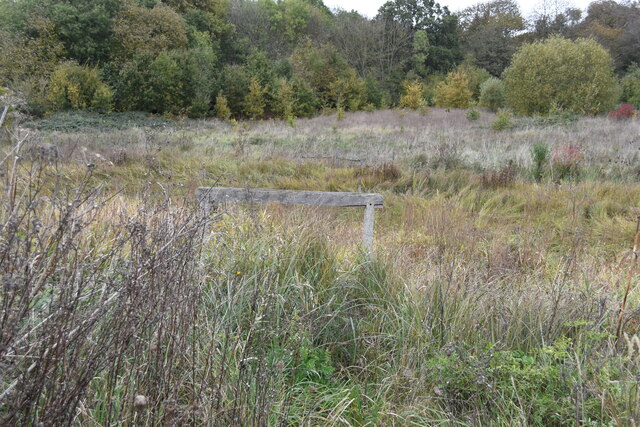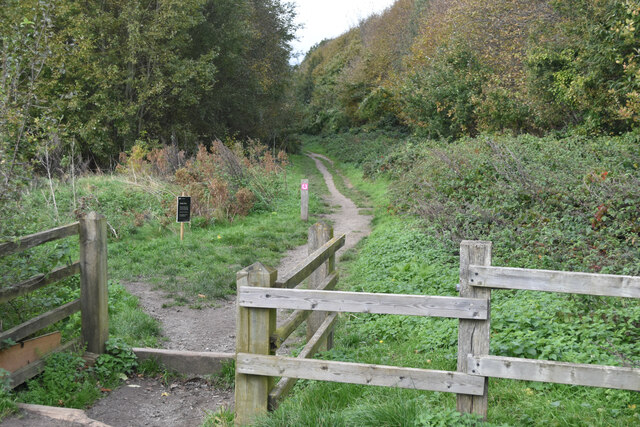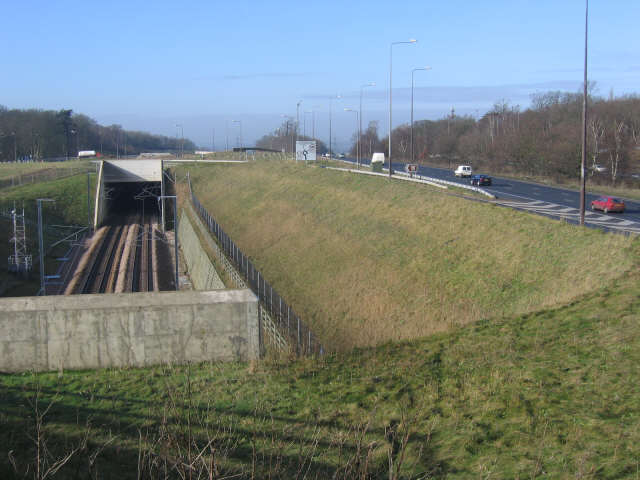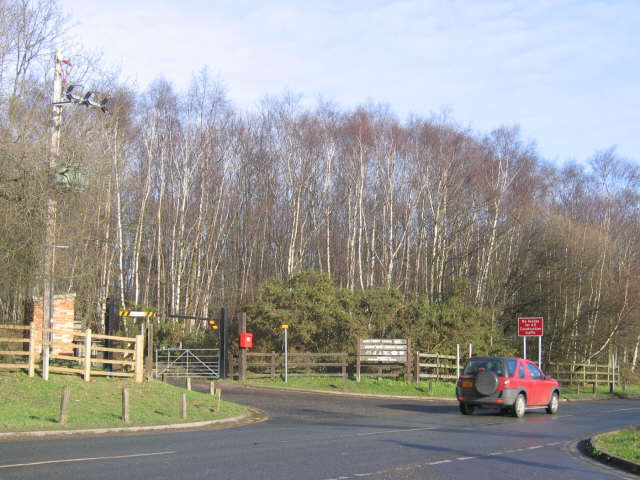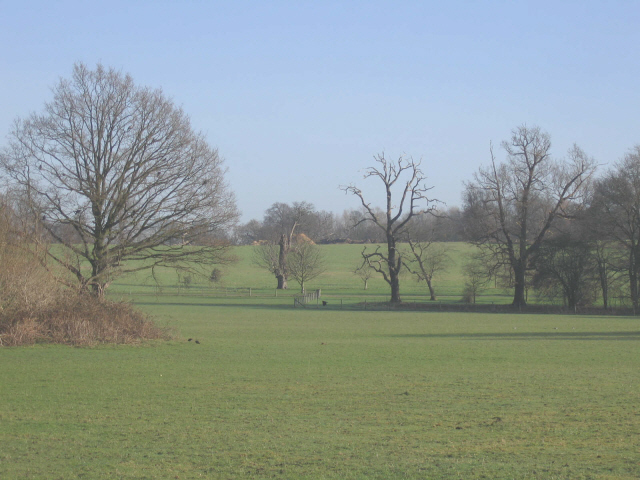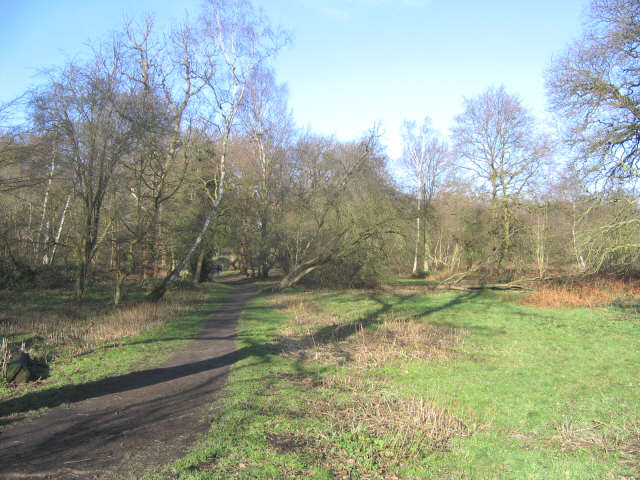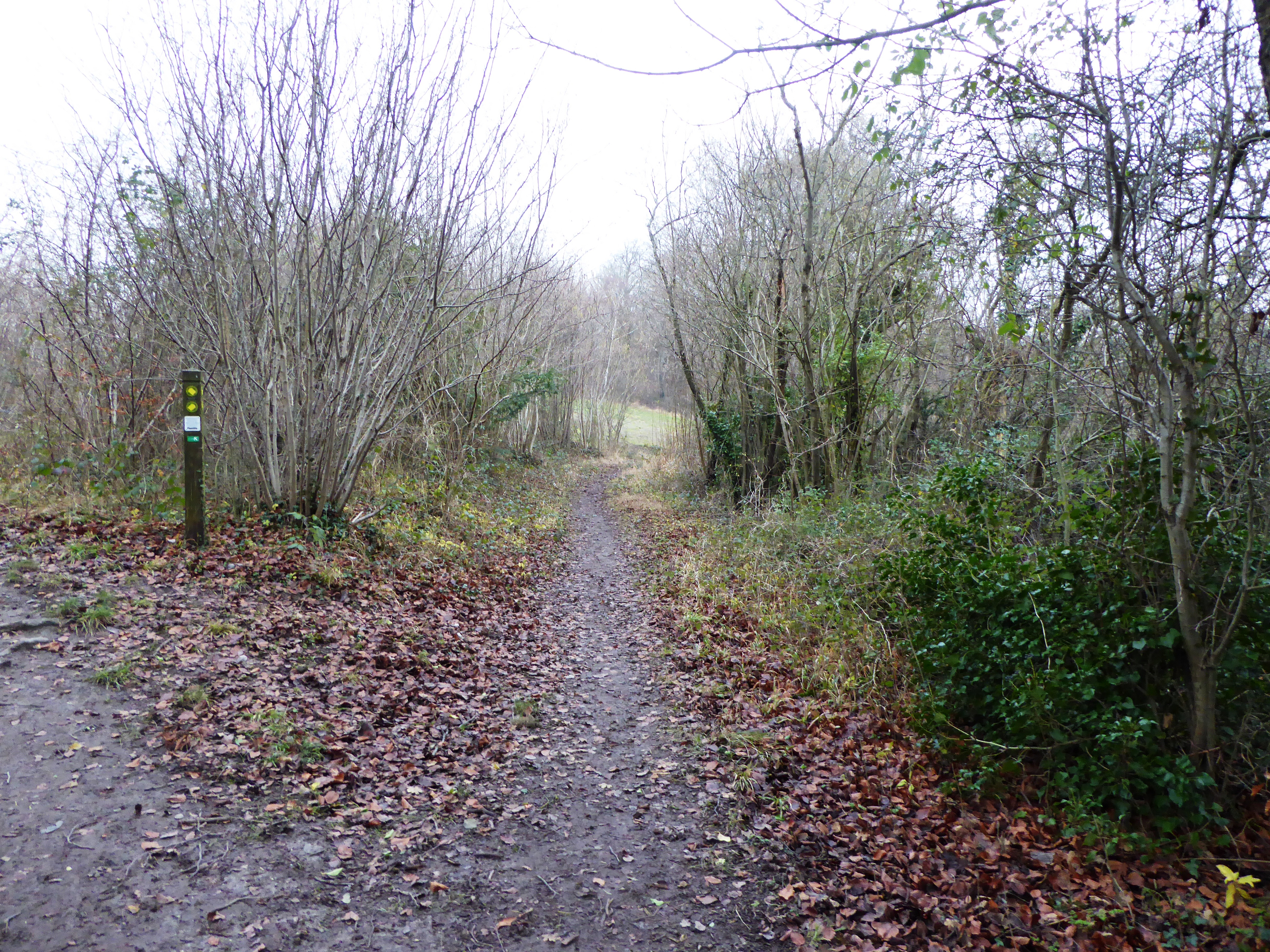Peggy Taylor's Hill
Hill, Mountain in Kent Gravesham
England
Peggy Taylor's Hill
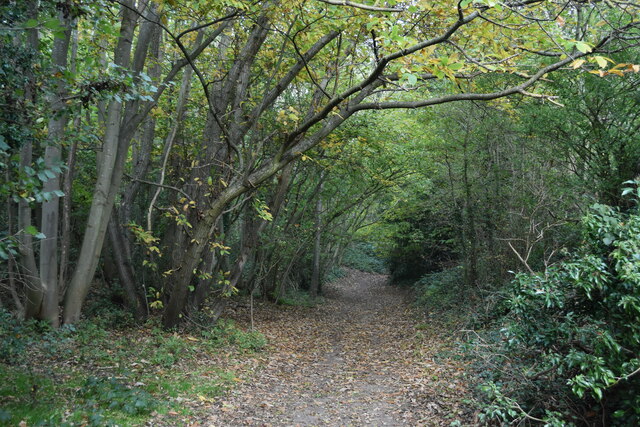
Peggy Taylor's Hill, located in Kent, England, is a prominent geographical feature that stands out in the region. Although referred to as a hill, it is more accurately classified as a mountain due to its significant elevation and steep slopes. Rising approximately 500 meters above sea level, Peggy Taylor's Hill offers breathtaking views of the surrounding countryside.
The hill is named after Peggy Taylor, a renowned local explorer and conservationist who dedicated her life to preserving the natural beauty of the area. Her efforts led to the establishment of a nature reserve on the hill, which has become a popular destination for hikers, nature enthusiasts, and birdwatchers.
The terrain of Peggy Taylor's Hill is varied and diverse, featuring dense woodlands, rolling meadows, and rocky outcrops. The hill is home to a wide range of flora and fauna, including rare plant species and various bird species, making it an important conservation site. Visitors to the hill can expect to encounter a rich biodiversity and experience the tranquility of the natural environment.
The hill also offers several hiking trails of varying difficulty, allowing visitors to explore its scenic beauty at their own pace. These trails provide opportunities to observe wildlife, enjoy panoramic views, and learn about the local history and geology through informative signboards.
Overall, Peggy Taylor's Hill in Kent is a remarkable natural landmark that offers a unique blend of natural beauty, recreational activities, and environmental conservation. It is a testament to the efforts of Peggy Taylor and serves as a reminder of the importance of preserving and appreciating the natural world.
If you have any feedback on the listing, please let us know in the comments section below.
Peggy Taylor's Hill Images
Images are sourced within 2km of 51.397404/0.42694102 or Grid Reference TQ6869. Thanks to Geograph Open Source API. All images are credited.
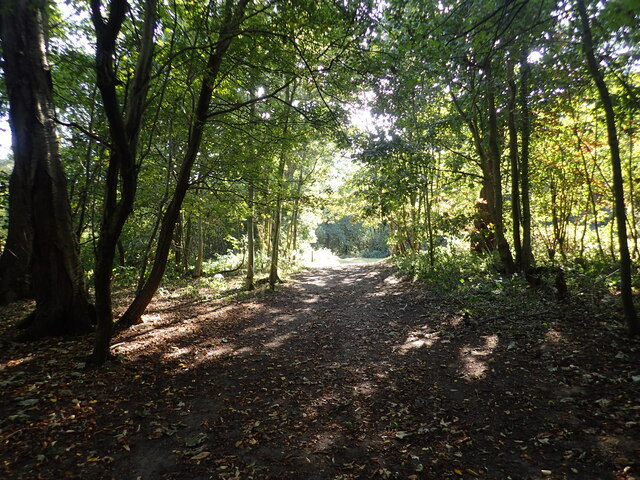
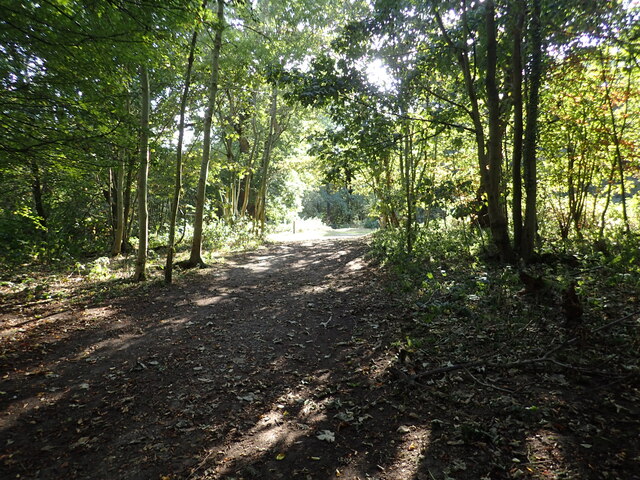
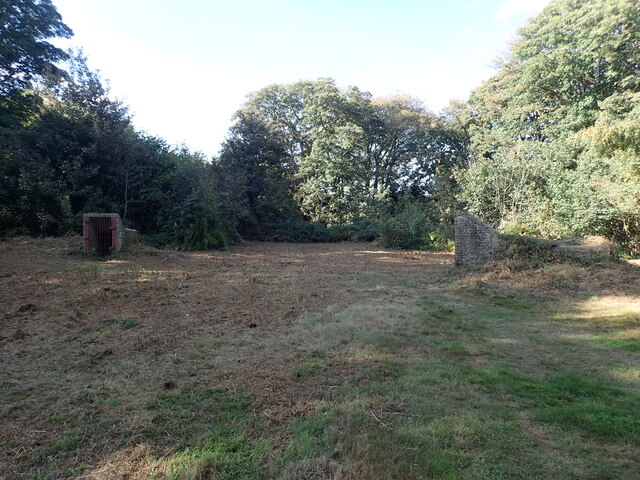
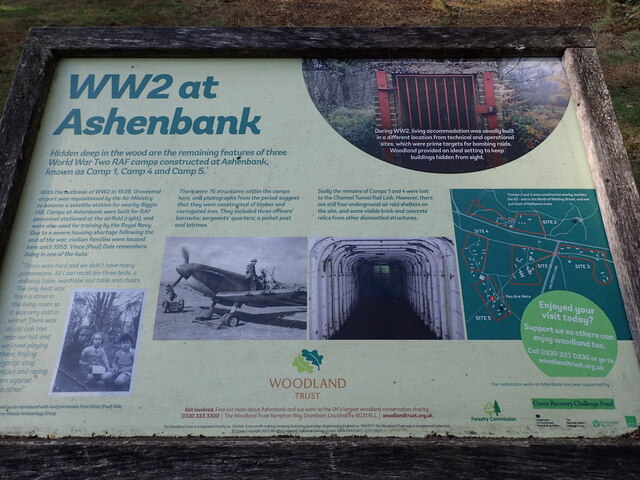
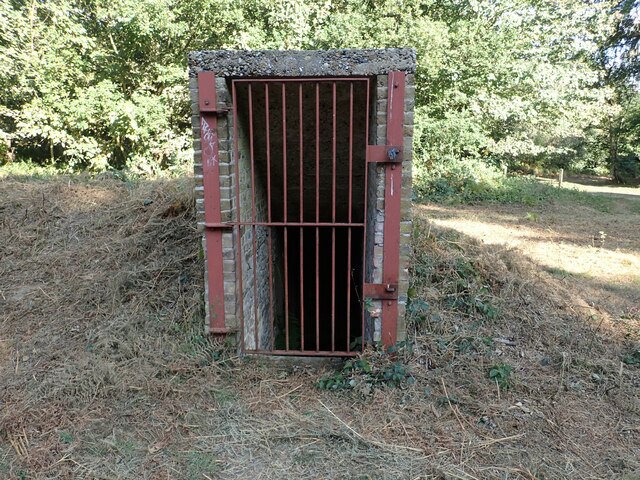
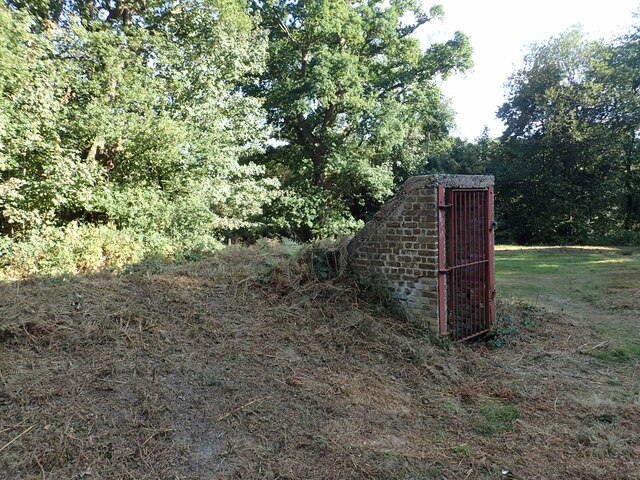
Peggy Taylor's Hill is located at Grid Ref: TQ6869 (Lat: 51.397404, Lng: 0.42694102)
Administrative County: Kent
District: Gravesham
Police Authority: Kent
What 3 Words
///feel.voted.impact. Near Strood, Kent
Nearby Locations
Related Wikis
Cobham Hall School
Cobham Hall School is a private day and boarding school in the English parish of Cobham, Kent, for girls only in Years 7 to 11 and co-educational in the...
Cobham Hall
Cobham Hall is an English country house in the county of Kent, England. The grade I listed building is one of the largest and most important houses in...
Cobham Park (cricket ground)
Cobham Park near Cobham, Kent and located within the grounds of the Cobham Hall estate, was used a cricket ground. It was used as the venue for a single...
Shorne Wood Country Park
Shorne Wood Country Park is located between Strood and Gravesend, in the English county of Kent. It was once part of a large estate, later passed to the...
Darnley Mausoleum
The Darnley Mausoleum, or Cobham Mausoleum as it is often now referred to, is a Grade I Listed building, now owned by the National Trust and situated in...
Shorne and Ashenbank Woods
Shorne and Ashenbank Woods is a 197.4-hectare (488-acre) biological Site of Special Scientific Interest between Rochester and Gravesend in Kent. Part of...
Cobham Woods
Cobham Woods is a 242.7 hectares (600 acres) biological Site of Special Scientific Interest on the western outskirts of Rochester in Kent. It is in the...
Great Crabbles Wood
Great Crabbles Wood is a 33-hectare (82-acre) biological Site of Special Scientific Interest north-west of Rochester in Kent.Most of the wood is mixed...
Nearby Amenities
Located within 500m of 51.397404,0.42694102Have you been to Peggy Taylor's Hill?
Leave your review of Peggy Taylor's Hill below (or comments, questions and feedback).
